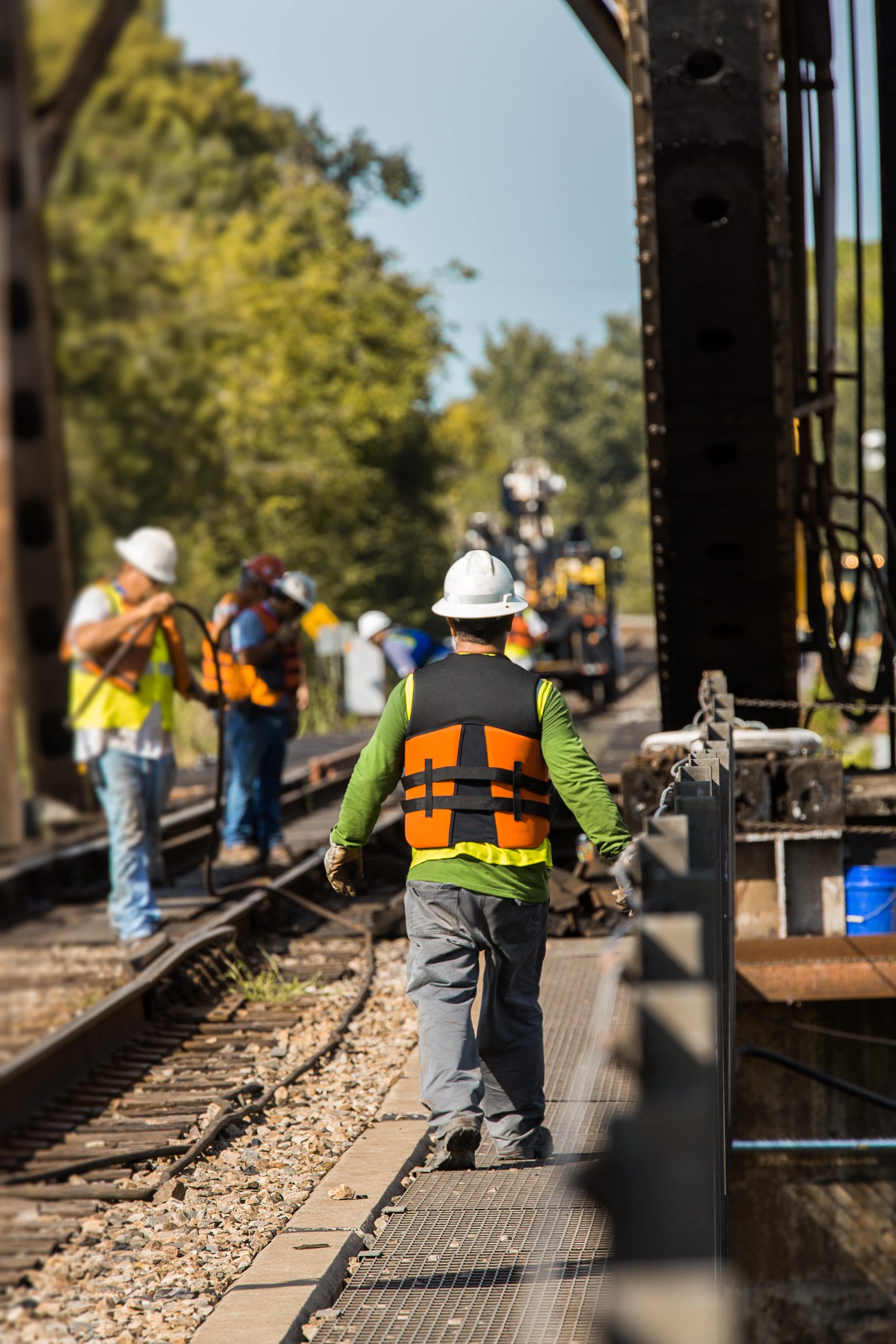What Is Railroad Cancer Lawsuit Process And Why Is Everyone Speakin' About It?
Understanding the Railroad Cancer Lawsuit Process
The aftermath of exposure to hazardous compounds in the railroad industry has left many former workers seeking justice for their health concerns. The term “railroad cancer lawsuit” refers to legal actions taken by workers who have established cancer or other diseases as a result of exposure to damaging chemicals during their work. This post intends to offer a comprehensive overview of the railroad cancer lawsuit process, highlighting necessary actions, common difficulties, and frequently asked concerns.
The Landscape of Railroad Cancer Lawsuits
The railroad industry has a long history of utilizing hazardous products, including asbestos, benzene, and diesel exhaust, which have actually been linked to various types of cancer. Railroad workers, such as engineers, conductors, and maintenance crews, are especially at threat during their everyday operations. If a worker establishes cancer potentially connected to their job, they might consider filing a lawsuit to look for compensation for their medical expenses, lost wages, and suffering.
The Legal Framework
Railroad workers are primarily secured by the Federal Employers Liability Act (FELA), which allows them to sue their companies for carelessness that leads to injury or illness. Unlike typical worker's compensation claims, FELA needs proof that the employer's neglect straight caused the harm. This intricacy necessitates an extensive understanding of the legal procedures included.
Steps in the Railroad Cancer Lawsuit Process
Action
Description
1. Consultation with an Attorney
Finding a lawyer experienced in FELA cases is important. Initial assessments help in evaluating the case's strength and potential avenues for claims.
2. Proof Gathering
Recording case history, work records, workplace, and exposure to harmful compounds plays a vital role in developing a link in between disease and employment.
3. Filing the Claim
After collecting all required proof, the attorney will submit a claim against the railroad business, describing the information of exposure and medical conditions.
4. Discovery Phase
Both sides gather more proof through depositions, interrogatories, and ask for documents to reinforce their respective arguments.
5. Settlement
The majority of cases settle previously going to trial. Attorneys might work out with the railroad's agents to come to a reasonable compensation amount.
6. Trial (if necessary)
If settlements stop working, the case proceeds to trial, where both parties present their arguments before a jury who will identify the outcome.
7. Verdict and Appeal
If the jury guidelines in favor of the plaintiff, the railroad business may appeal the decision. If the complainant wins, they receive compensation for their losses.
Comprehensive Breakdown of Key Steps
1. Consultation with an Attorney
It is essential for plaintiffs to speak with a specialized FELA attorney as quickly as possible after being diagnosed with cancer. These lawyers understand the intricacies of railroad industry policies and the specific health risks related to various roles.
2. Proof Gathering
Recording evidence is one of the most critical actions in this process. Important files might consist of:
- Medical records detailing medical diagnoses and treatments.
- Work records indicating job titles and exposure history.
- See declarations from colleagues concerning harmful conditions.
3. Filing the Claim
When enough proof has been collected, the attorney will file an official complaint in the proper court. This document will outline the case's specifics, including the nature of the exposure and its link to the cancer diagnosis.
4. Discovery Phase
The discovery stage is important for building the case. Throughout discovery, attorneys will exchange information relevant to the lawsuit, which might include:
- Testimonies from medical experts.
- Information on chemical exposure levels.
- Company safety records.
5. Negotiation
Lots of claims settle through settlements, which can conserve time and resources for both parties. Settlement conversations frequently include a conciliator who helps assist in a resolution.
6. Trial
If settlement negotiations fail, the case proceeds to trial. Here, Google will hear both sides and figure out duty and compensation.
7. Verdict and Appeal
If the jury guidelines in favor of the complainant, they will figure out the compensation amount. Nevertheless, the railroad business might choose to appeal the decision, prolonging the process.
Common Challenges in Railroad Cancer Lawsuits
While looking for compensation for occupational diseases, plaintiffs might face several difficulties, consisting of:
- Proving Negligence: Establishing that the company was irresponsible can be difficult, particularly if there are no documented security violations.
- Statute of Limitations: Placing a limitation on the time within which a lawsuit need to be filed can prevent cases, so timely action is necessary.
- Complexity of Medical Evidence: Linking cancer to particular workplace exposure might require expert testament and complicated medical descriptions.
Regularly Asked Questions (FAQ)
1. Who is qualified to submit a railroad cancer lawsuit?Any railroad employee detected with cancer that can be linked to workplace exposure to harmful products might be eligible to submit a lawsuit under FELA.
2. The length of time do I have to file a lawsuit?In many states, there is a three-year statute of restrictions from the date of injury or discovery of illness. It's crucial to seek advice from an attorney immediately.
3. What types of compensation can I receive?Compensation might consist of medical expenditures, lost salaries, discomfort and suffering, and any future treatment costs related to the illness.
4. Are there any upfront expenses for employing an attorney?Numerous FELA attorneys work on a contingency charge basis, suggesting they just get paid if they win the case. It's important to clarify fees beforehand.
5. For how long will the process take?The period of a lawsuit can differ significantly. Some cases may settle in a few months, while others can cross several years, especially if they go to trial.
Navigating the railroad cancer lawsuit process can be complex and daunting. However, comprehending the steps involved and looking for guidance from experienced lawyers can significantly improve a person's chances of getting justice. As railroad workers continue to bear the problem of harmful direct exposures, these legal paths play an essential function in protecting the compensation they are worthy of.
